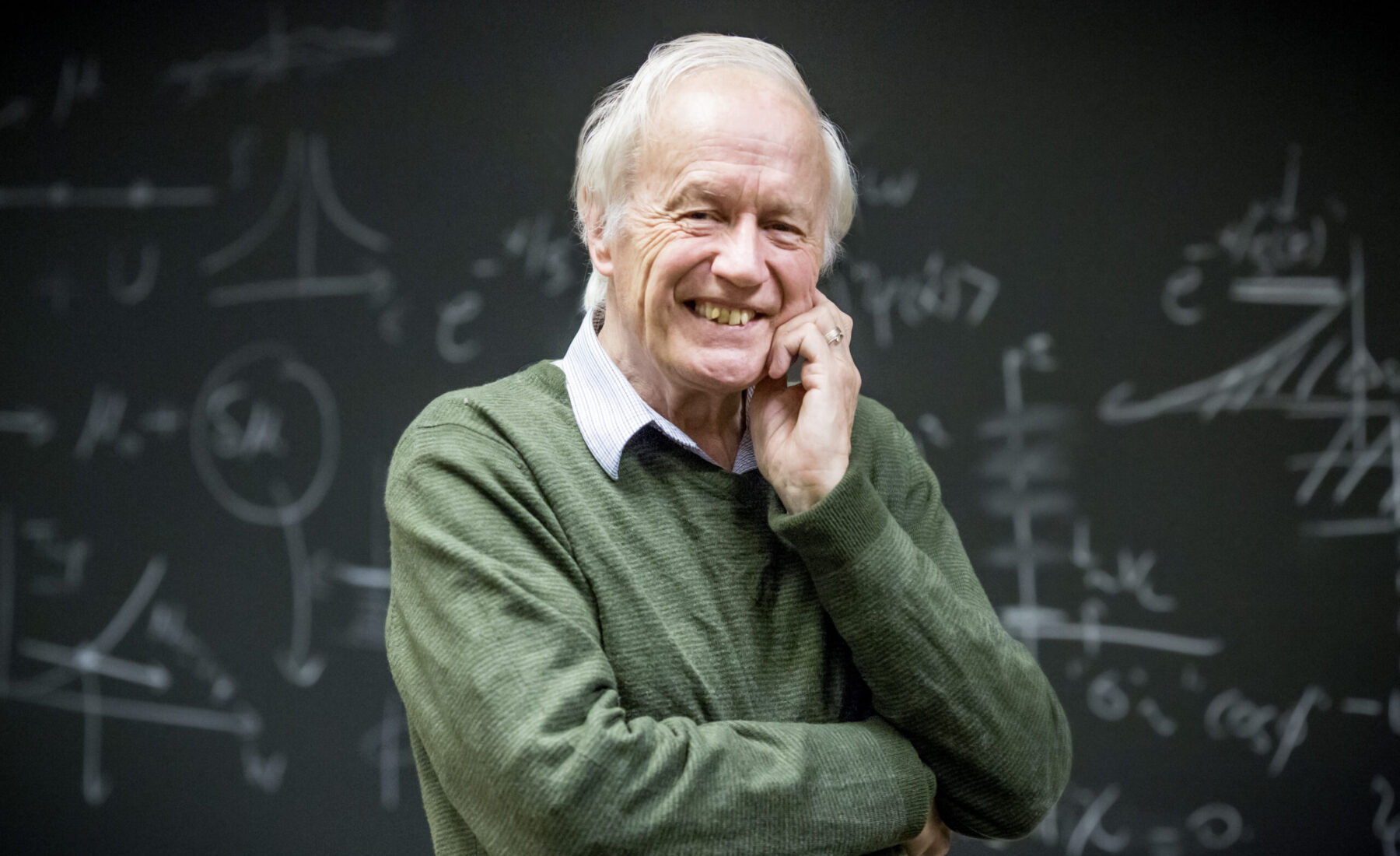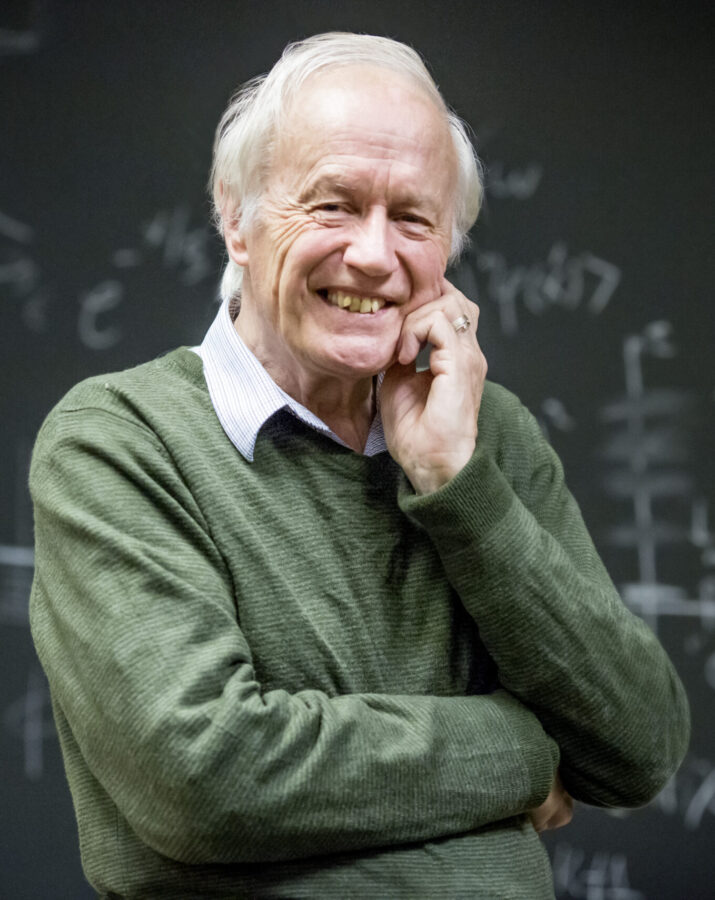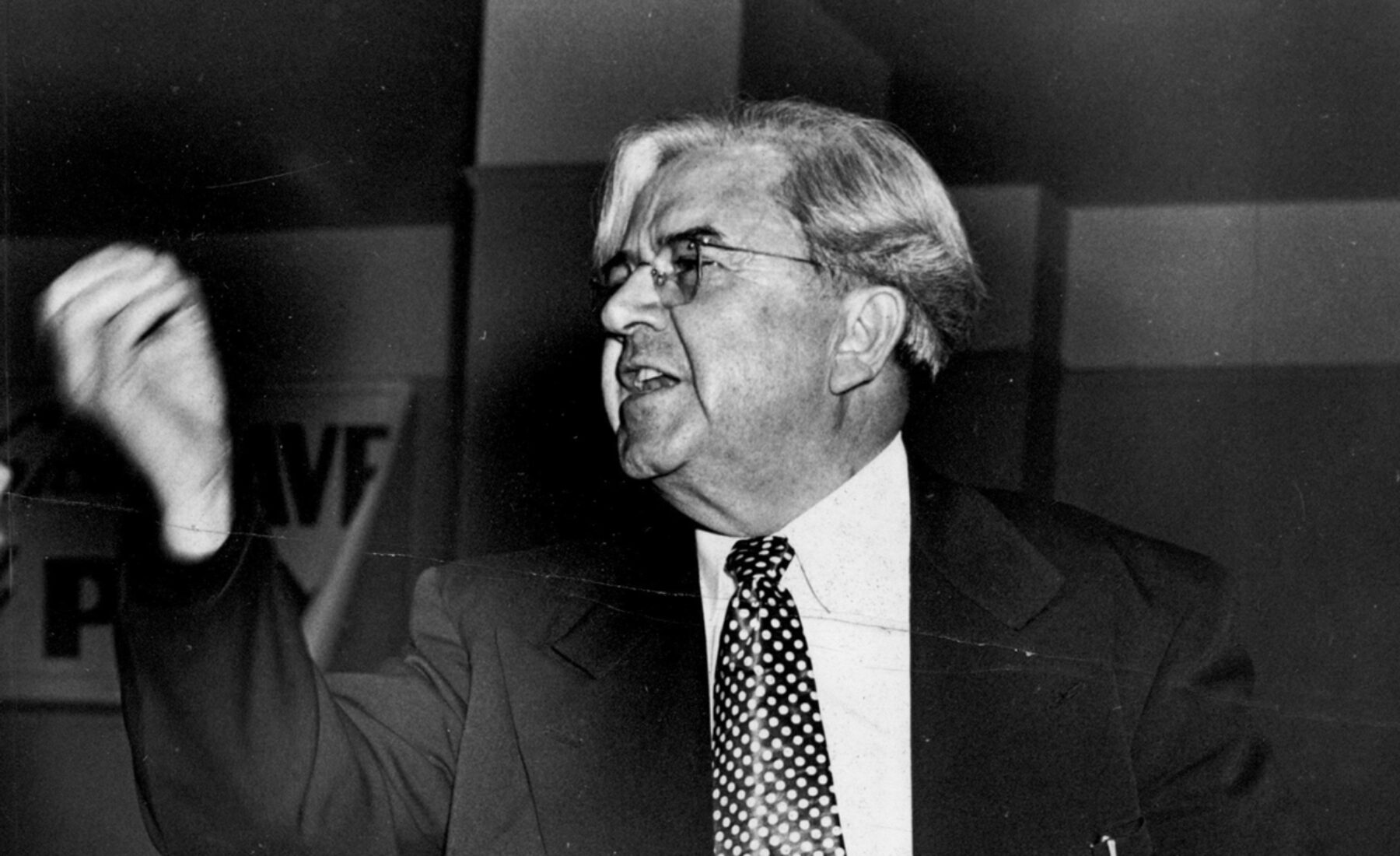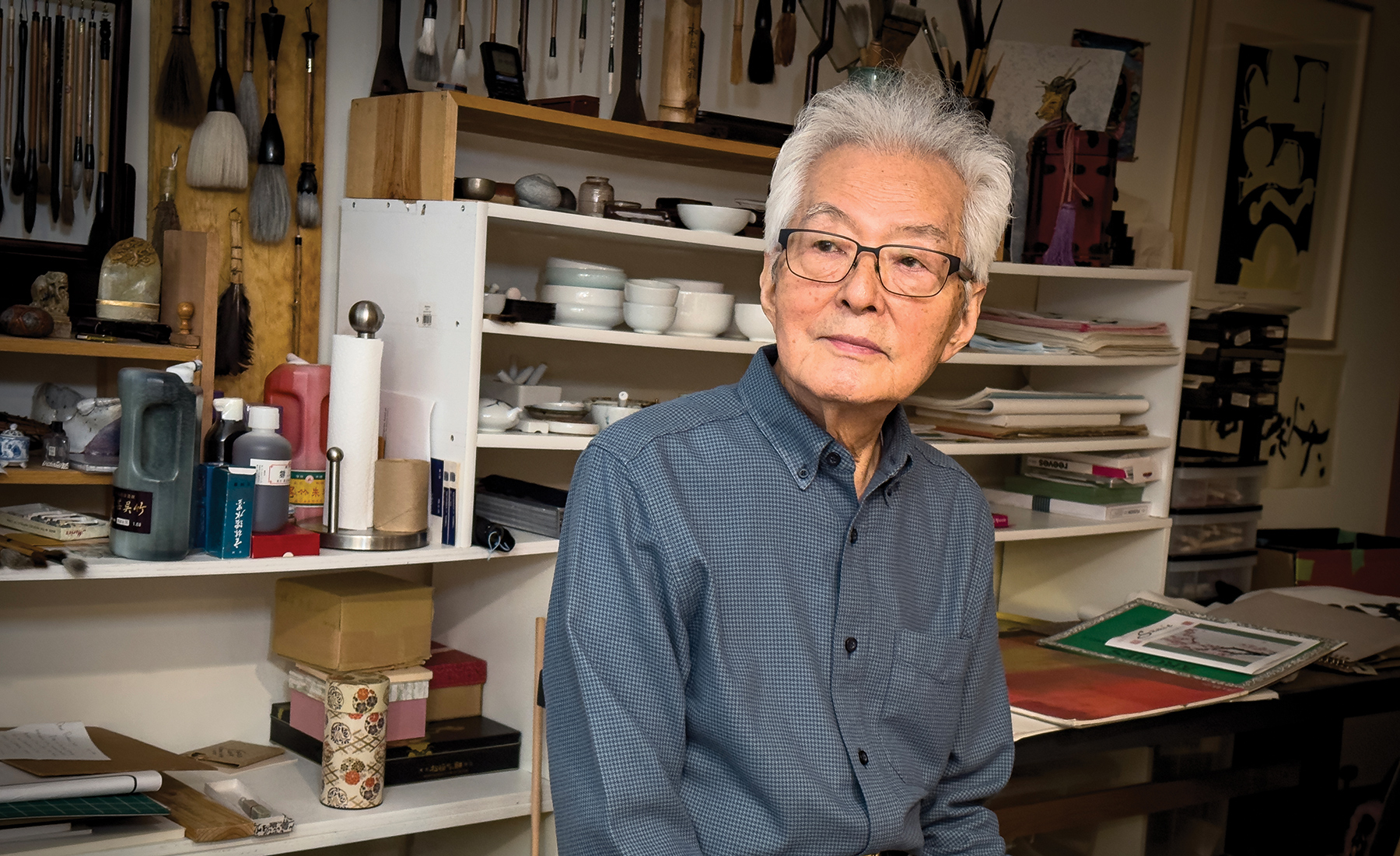Sir Anthony Leggett
John D. and Catherine T. MacArthur Professor and Center for Advanced Study Professor of Physics
born in Camberwell, South London
BA Literae Humaniores, BA Physics, D.Phil. Physics, University of Oxford
Sir Anthony Leggett grew up in the southeast part of London. During World War II, as the city was bombed relentlessly by the Germans, Tony and his family relocated to the village of Englefield Green for safety. They returned to London when the Blitz was over, and in the late 1950s and early 1960s, Tony attended Oxford where he earned degrees in both Literae Humaniores (or Greats) and physics.
His first experience at Illinois was in the mid-1960s when he came as a postdoctoral research fellow in physics, surrounding himself with greats in the field such as David Pines and John Bardeen. He went on to do more work at Kyoto University as well as Oxford and Harvard, before joining the faculty at the University of Sussex. Tony came back to Illinois, joining the faculty in 1983, and has made Champaign-Urbana his home ever since.
In 2003, Tony received the Nobel Prize for his 1970s work on superfluidity—specifically his theory that decisively explained the nuclear magnetic resonance properties of the superfluid Helium-3. This work was inspired, in part, by a conversation he had with physics colleague and Cornell professor Robert Richardson. In a decision that Tony describes as “almost depending on the toss of a coin,” he left a climbing holiday in Scotland early to return to the University of Sussex to meet Robert. The conversation lasted only an hour or so, but as many of our best stories go, events lined up just right and turned out to be life-changing.
We wanted to get to know Tony a little better, so we’ve asked him to answer an abbreviated version of the Proust Questionnaire for STORIED. Once a popular Victorian parlor game made famous by Marcel Proust, the Proust Questionnaire has been used by reporters over the century and across the globe to reveal a side of leaders, artists, actors, and public figures we may not usually see. You might recognize the format from the back page of Vanity Fair, which has had celebrities answer the questions since 1993.
✦ ✦ ✦
What is your idea of perfect happiness?
To have been able to use a skill unique to me to improve the lives of a large number of people.
What is your idea of misery?
To have done something not just wrong but somehow “dirty,” and which it is impossible to correct or amend.
Which talent would you most like to have?
To acquire a foreign language fluently from a few weeks of exposure.
What is the quality you admire most in a person?
Moral courage, particularly in an intellectual context.
Who are your heroes in real life?
The doctors and nurses in third-world countries who continue to work in the public health system, despite the fact that they could increase their salaries many times over by working for private corporations.
Who are your heroes throughout history?
Socrates. Johannes Kepler. The second Earl Grey.
What is your most treasured possession?
A book, “The Countryside Companion,” given to me by my father on the occasion of my younger sister’s seventh birthday.
What is your motto?
Rush in where angels fear to tread.
What motivates you?
The urge to leave the world a very slightly better place than I found it.
Which words or phrases do you most overuse?
Probably “ballpark estimate.”
What do you consider your greatest achievement?
My daughter.
If you were to die and come back as a person or thing, what would it be?
Probably a gadfly.
Who is your favorite musician?
Beethoven.
Who is your favorite writer?
Thucydides.
Where is your favorite spot in the world?
The Black Cuillins of Skye.








